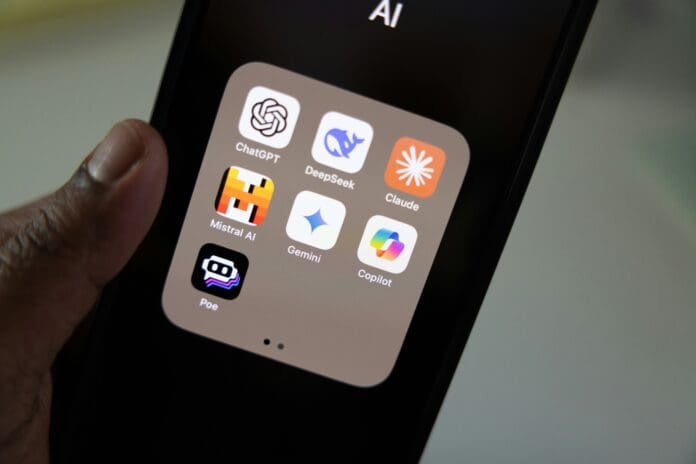This post is also available in:
 עברית (Hebrew)
עברית (Hebrew)
As AI systems increasingly shape how users access information, a new study reveals significant differences in how leading platforms gather and prioritize their sources. An analysis of over 30 million citations from August 2024 to June 2025 sheds light on the distinct strategies used by ChatGPT, Google AI Overviews, and Perplexity—each offering a different model for surfacing knowledge online.
According to the study, conducted by AI visibility firm Profound, OpenAI’s ChatGPT relies heavily on Wikipedia, which accounts for nearly 48% of its top ten most-cited sources. Alongside Wikipedia, ChatGPT frequently cites mainstream news outlets like Reuters and the New York Post, as well as tech-specific sites such as TechRadar and G2.
Google AI Overviews, by contrast, presents a more diversified citation profile. Its top source is Reddit, but it makes up only 21% of the total, followed closely by YouTube at 18.8%. The study also notes a substantial presence of professional and enterprise-oriented content from platforms like LinkedIn and Gartner.
Perplexity AI takes a different path entirely. Nearly half (46.7%) of its most-cited sources come from Reddit, suggesting the platform places considerable weight on user-generated content and real-time community discussions.
Interestingly, while Wikipedia remains central to many AI responses, user behavior may be shifting. Recent data from GWI, a UK market research firm, shows ChatGPT has surpassed Wikipedia in direct web traffic—an indication of how AI tools are becoming the first stop for online information.
These trends highlight a deeper transformation in how AI systems interpret and relay information. The contrasting sourcing patterns suggest that each platform is shaping a distinct informational worldview—whether rooted in structured data, expert analysis, or crowd-sourced dialogue. As AI continues to mediate access to knowledge, these differences could influence how users understand topics, trust sources, and make decisions. Understanding the logic behind each system’s outputs is becoming just as critical as the answers they provide.


























